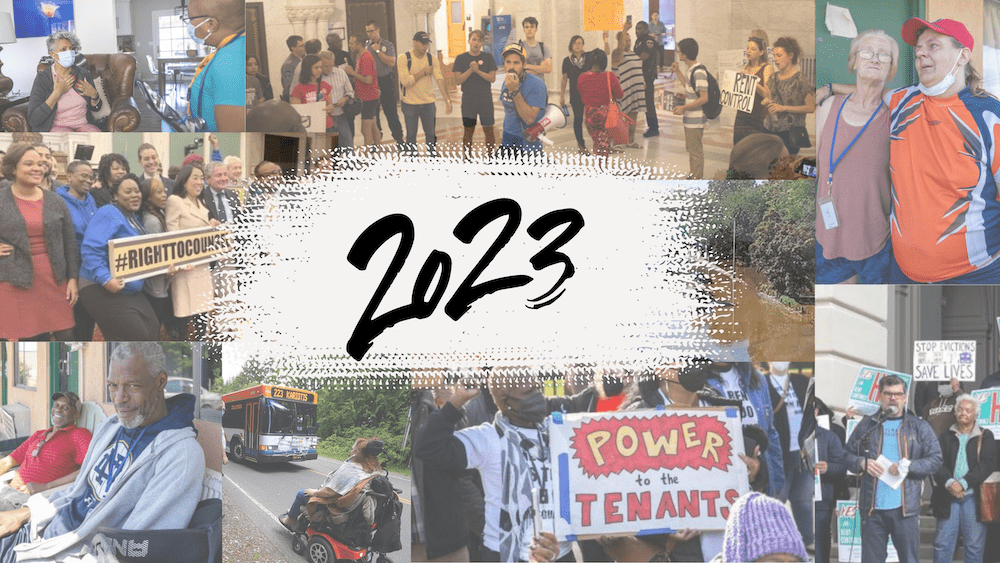At the end of January, CFED released its 2016 Assets & Opportunity Scorecard, the most comprehensive measure of the health of the American family’s financial balance sheet. At its core, the Scorecard evaluates the extent to which a family’s financial position has improved, its wealth increased and its resiliency strengthened to withstand a crisis. It also measures what states are doing—or aren’t—to help residents get ahead.
In some ways, and for some families, the economic growth over the last few years—notably strong job gains and emerging wage increases—have eased them out of the worst throes of the recent housing and financial crisis.
Sadly, the data show that today’s economic climate offers little hope to many struggling families. Family incomes still lag in comparison, for example, to rising housing costs in many markets. Many families lack adequate income to cover basic needs such as rental units, which limits their abilities to save and plan for a more prosperous future.
Most striking—though perhaps least surprising—the reality for individuals and families of color is even harsher. Such families are 2.1 times more likely to live below the federal poverty level and 1.7 times more likely to lack accessible savings. African-American and Latino consumers also are significantly more likely to have subprime credit scores, which makes their most valuable asset perhaps their most vulnerable as well. These families, and their communities, also lost the greatest share of their wealth as a result of the Great Recession. CFED’s research also highlights how households of color have seen the greatest decline in homeownership rates.
A family’s greatest asset, and most important resource for wealth building, is a home that they own. And while home prices have recovered in many markets, especially on the coasts, restoring equity and security to millions of homeowners who saw the collapse in their home’s values, other areas suffer from significant rates of underwater homeowners.
One of the primary drivers of the financial crisis, as most readers know, was the investor-driven high-cost loans, which were often more expensive than a family should have been offered or whose terms made the loan unaffordable down the road. African-American borrowers, in particular, were victimized to a much greater extent than other families.
CFED’s Scorecard underscores the lessons not learned by the housing meltdown, flawed enforcement and poor underwriting in the early and mid-2000s. The proportion of high-cost loans, which have rates that far exceed market norms, nearly tripled between 2010 and 2013. A family with little savings, high debt and other financial vulnerabilities is at significant risk when their home secures a high-cost mortgage.
It’s not just the homeownership market that is either out of reach or upside down. It’s the rental market, too. Nearly 52 percent of American renters are cost-burdened, which means they spend 30 percent or more of their income on rent and utilities. In no state is that proportion less than 39 percent.
Spending such a share of income on rent limits a family’s ability to save for emergencies, education, and that elusive downpayment which, post-crisis, began to exceed the typical renter’s ability to put aside.
But maybe all is not lost. We know how to advance homeownership for families who are ready. We have policy and programmatic tools to make homeownership a reality—one that is safer and sustainable. We just have to commit.
For example, in 2014, Fannie Mae and Freddie Mac each revived a version of a three-percent downpayment mortgage product, which had been absent from the market for years. There was little if any reason for the 97 percent loan-to-value program to leave the market. Despite the noise from some circles, these loans, when well-underwritten and documented, did not cause the financial crisis. As more and more lenders make this a small but important part of their first-time homebuyer programs, we may put a dent in the homeownership decline.
CFED’s Scorecard shows how illiquid many savers are. Rental costs, student loans, and everyday expenses undercut how much a potential homeowner can save. To tackle the downpayment, which even at three percent is expensive in many markets, a bipartisan group in Congress unveiled a bill recently that would allow young borrowers to access a reasonable portion of their retirement savings for this purpose. This is one step, and although it only helps those with such accounts, as policy it sends the signal that we are serious about homeownership.
Finally, while we need to get to comprehensive housing finance reform, we all realize we are not getting there anytime soon. It’s a marathon, not a sprint, and successes in the current policy environment will inform how we shape reform. Moreover, Fannie and Freddie fund over 70 percent of new home loans, a ratio that has only declined slightly recently. Recent moves by these government-sponsored entities and their regulator, the Federal Housing Finance Agency, suggest that policymakers are open to revisiting avenues to homeownership.
The recently proposed Duty to Serve rule, mandated by Congress in 2008, compels Fannie and Freddie to provide liquidity to the manufactured housing, preservation and rural markets. It explicitly acknowledges that manufactured housing is an underused tool which, if financed and sited fairly, can help boost homeownership rates. The rule also raises up the need to preserve affordable rental housing, notably units in small buildings or expensive markets, as well the lack of investment in rural America. FHFA also highlights the value of small but compelling approaches to housing and finance, such as cooperatives, community land trusts and community development financial institutions.
Finally, the 2016 Scorecard calls out policy successes and the need for other states to develop similar solutions for their own markets. For example, while every state except Hawaii offers downpayment assistance, only 16 states offer direct lending through their housing finance agency or similar entity. Similarly, 13 states do not offer homeownership counseling, a key strategy to discuss the readiness, budgeting and the risk of high-cost loan products.
The risk of tens, if not hundreds of thousands of potential homeowners losing out on the opportunity to build a better future should worry us all. Homeownership, when done smartly and fairly, builds wealth, strengthens communities and frees up rental stock for new families. We just need to commit to rebuilding it.






Comments